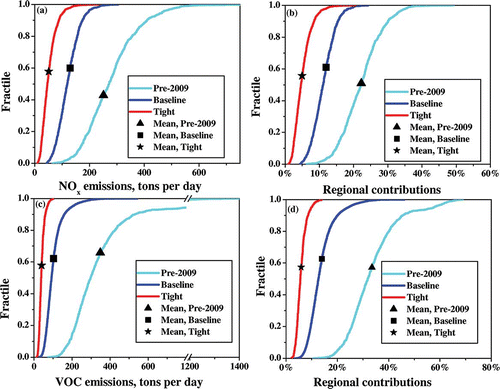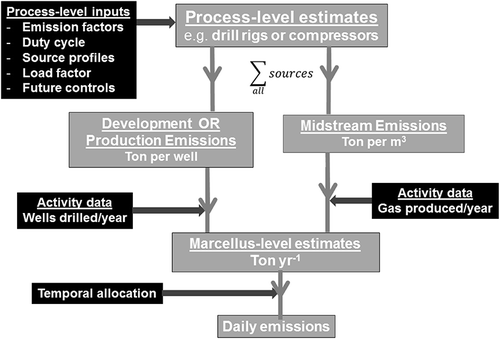Figures & data
Table 1. Activity data for the Marcellus region
Table 2. List of sources and their corresponding scaling activity parameters
Table 3. Emission factors for key sources (similar data for minor sources is in Table S10 in Supplementary Materials)
Table 4. Values for input parameters for major sources
Figure 2. (a) Map of the Marcellus region (USGS, 2009) and (b) subregion covered by the new inventory.
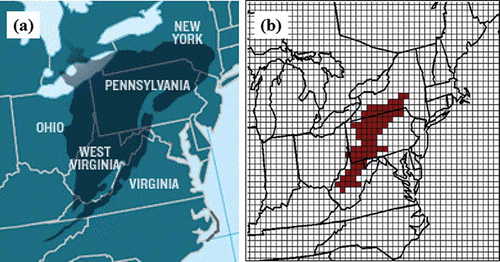
Table 5. Process-level emission estimates, means (95% confidence intervals), for major sources
Figure 3. Estimated cumulative distributions of emissions for drilling one well: (a) NOx, (b) PM2.5, and (c) VOCs. The 2020 distributions correspond to the base scenario. The estimates made by (NYDEC, 2011) are shown for reference.
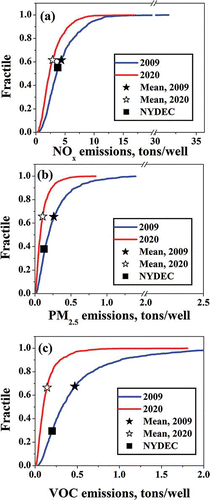
Figure 4. Cumulative distribution functions for well development emissions of (a) NOx and (b) VOCs. The vertical lines labeled “HS” refers to the Haynesville Shale inventory developed by CitationGrant et al. (2009).
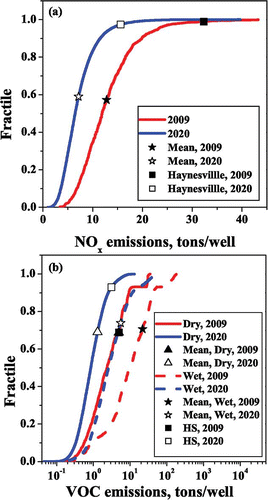
Table 6. Unit activity emissions: means (95% CIs)
Figure 5. Source-resolved Marcellus emissions for (a) NOx, (b) PM2.5, and (c) VOCs in 2009 and 2020 (base scenario). The results are mean estimates. Other sources of VOCs include drilling, fracing truck traffic, and blowdown venting.
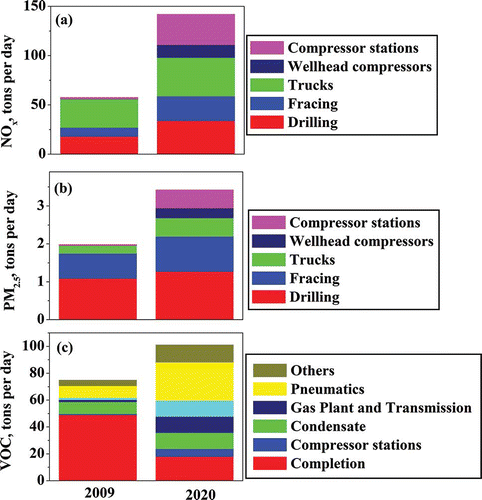
Figure 6. Source-resolved emissions of (a) NOx, (b) PM2.5, and (c) VOCs for the Marcellus region (Figure 1b). The 2020 emissions correspond to the average of the baseline controls scenario. The open black squares denote the 95% confidence intervals on the estimated Marcellus emissions. The cumulative distributions of emissions are plotted in Figure S19. VOCs correspond to anthropogenic VOC emissions.
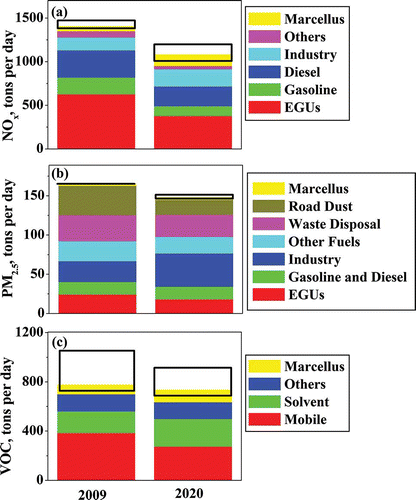
Figure 7. Comparison of different control scenarios for 2020 Marcellus emissions: (a) total NOx emissions, (b) contribution of Marcellus to regional NOx emissions, (c) total VOC emissions, and (d) contribution of Marcellus to regional VOC emissions.
